What is User Experience? A Comprehensive Guide to Optimizing UX on Websites
- Published on

- What is UX? (What is User Experience?)
- The Importance of User Experience on Websites for Businesses
- Boosting Conversion Rates
- Building Trust and Professionalism
- Enhancing SEO Effectiveness
- Reducing Bounce Rate
- Gaining a Competitive Edge
- In Summary:
- 15+ Simple Tips to Improve User Experience on Websites
- Optimize Website Speed
- Avoid Page Not Found (404) Errors
- Request Minimal Information for Forms or Surveys
- Responsive and Mobile-Friendly Design
- Maintain Consistency Across Your Website
- Clear and Concise Navigation
- Strategic Content Organization
- Create Engaging Headlines
- Effective Call-to-Actions (CTAs)
- The Importance of Bullet Points
- Use Images Wisely
- Leverage White Space
- Differentiate Hyperlinks
- Ensure Website Security
- Regularly Audit UX with Specialized Tools
- Conclusion
What is UX? (What is User Experience?)
User Experience (UX) refers to how users perceive and interact with a product, service, or system — in this context, a website. It encompasses not just the interface but also how users search for information, complete actions, and their overall feelings while using the website.

A website with good user experience enables users to achieve their goals quickly, conveniently, and comfortably. UX directly impacts customer satisfaction, trust, and ultimately, the revenue or performance of a business.
For instance, an e-commerce website with a user-friendly interface, fast loading speed, and clear navigation will encourage users to return and boost conversion rates. Conversely, poor UX, such as a cluttered interface or frequent 404 Page Not Found errors, can drive users away and even spread negative impressions about the brand.
Optimizing website speed is one of the fundamental but crucial factors in enhancing UX.
Let’s explore the importance of UX for businesses and specific tips to improve user experience in the following sections.
The Importance of User Experience on Websites for Businesses
User experience on a website not only affects customer satisfaction but also plays a critical role in shaping a business's success in the digital environment. A website with excellent UX not only retains customers but also provides numerous essential benefits:
Boosting Conversion Rates
When users can easily navigate, find information, and perform desired actions, they are more likely to complete objectives such as making purchases, filling out forms, or signing up for services. Statistics show that a website with improved UX can increase conversion rates by up to 200%.

Building Trust and Professionalism
A website serves as the face of a business on the Internet. A professional interface, fast loading speed, and logical layout create a positive impression on users, thereby increasing trust. Trust is a critical factor leading to customer loyalty or brand referrals.
Enhancing SEO Effectiveness
Google prioritizes websites with excellent UX in search rankings. Factors such as loading speed, mobile friendliness, and user retention time influence rankings. Therefore, optimizing UX not only benefits users but also boosts a business’s visibility on the SERP (Search Engine Results Page).
Reducing Bounce Rate
A difficult or slow-to-use website will cause users to leave quickly. Conversely, good UX keeps users on the site longer, encouraging them to explore more content, thus reducing the bounce rate and increasing the value per visit.
Gaining a Competitive Edge
In a fiercely competitive market, UX can be a decisive factor that helps a business stand out from its rivals. A website must not only look attractive but also be optimized for user experience to win over customers.
In Summary:
Investing in UX is not just a cost but a long-term strategy to increase brand value, attract potential customers, and boost revenue. In the next section, we’ll delve into 15+ specific tips to optimize UX for your website.
15+ Simple Tips to Improve User Experience on Websites
Optimize Website Speed
Page loading speed is the first and most critical factor in user experience. No one wants to wait for a slow-loading website, especially in an era where users expect everything to happen instantly. Google has confirmed that page speed is also a vital factor affecting SEO rankings.
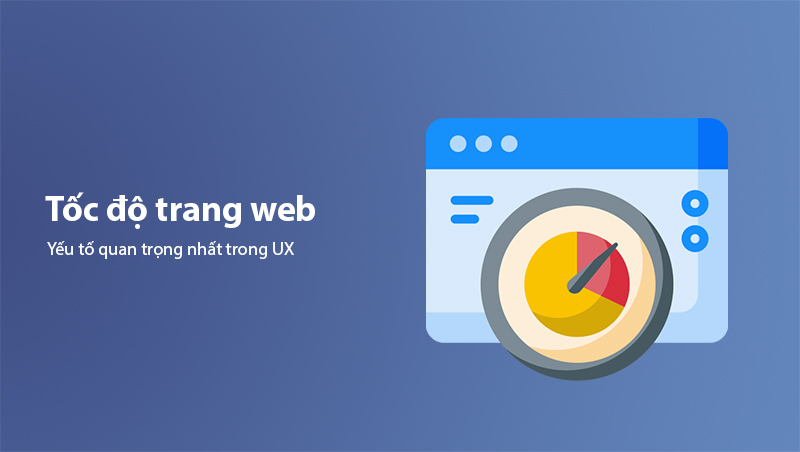
How to Improve:
- Reduce image size by using WebP format or compressing images without sacrificing quality.
- Utilize Content Delivery Networks (CDN) to load resources from servers nearest to users.
- Optimize source code, such as minimizing CSS, JavaScript, and HTML.
- Check your website's speed using SEO tools like Google PageSpeed Insights or GTmetrix to identify specific issues.
Pro Tip: Ensure your website loads in under 3 seconds for the best user experience.
Avoid Page Not Found (404) Errors
Nothing frustrates users more than clicking a link and encountering a "404 Page Not Found" error. This not only erodes user trust but also negatively impacts the website’s SEO ranking.
How to Fix:
- Regularly check and fix broken links using tools like Screaming Frog or Ahrefs.
- Create a user-friendly 404 page that provides guidance on how to navigate back or links to important pages.
- Use 301 redirects to direct users from outdated pages to new content.
Request Minimal Information for Forms or Surveys
Users often dislike filling out lengthy or unnecessary forms. They tend to abandon the process if it feels too complicated.
How to Improve:
- Only request essential fields, such as name and email.
- Use a one-step form instead of multi-step forms whenever possible.
- Include clear instructions or brief explanations for why the information is needed.
Note: A simple and concise form not only enhances UX but also increases completion rates.
Responsive and Mobile-Friendly Design
Statistics show that over 50% of web traffic comes from mobile devices. A website that is not mobile-friendly will lose a significant portion of potential customers.
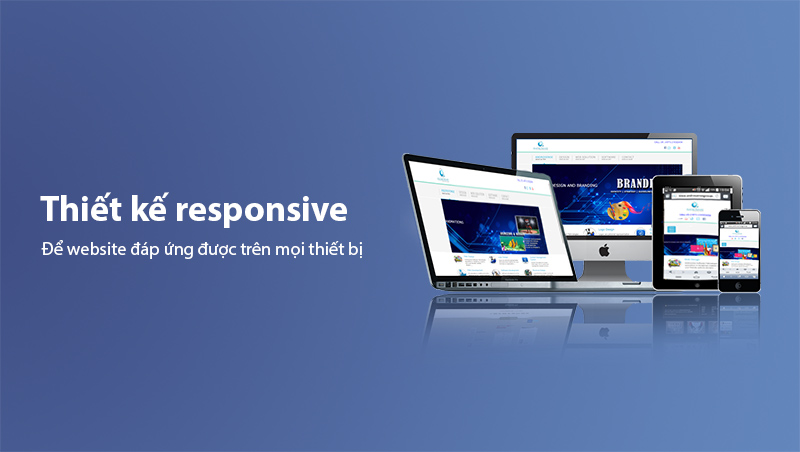
How to Improve:
- Use responsive design so the website automatically adjusts its size to fit all screen types.
- Ensure buttons and links are large enough and easy to tap on touchscreens.
- Optimize mobile loading speeds using AMP (Accelerated Mobile Pages).
You can check your website's mobile-friendliness with the Mobile-Friendly Test.
Maintain Consistency Across Your Website
Consistency in design and user experience helps users feel comfortable and makes navigation more intuitive.
How to Improve:
- Use a unified color scheme across the entire website.
- Ensure fonts, sizes, and formatting styles are consistent on all pages.
- Keep the navigation menu in the same position across all pages.
Consistency enhances your brand's professionalism and creates a lasting impression on users.
Clear and Concise Navigation
Good navigation helps users find the information they need quickly and easily. Complicated or illogical navigation can drive users away from your website.
How to Improve:
- Use a simple menu with a limited number of items, ideally no more than seven main categories.
- Provide a search bar for websites with extensive content.
- Ensure all links in the menu are functional and direct users to the correct content.
Clear navigation not only improves UX but also reduces bounce rates.
Strategic Content Organization
Users often visit your website to find information. Organizing your content strategically makes it easier for them to locate what they need without feeling overwhelmed.
How to Improve:
- Create clear content categories: Group articles, products, or services into logical and easy-to-understand categories.
- Prioritize important content: Place the most critical or popular information at the top of the page or in the navigation bar.
- Provide filtering options: For large websites, such as e-commerce platforms, include filters for price, size, product type, etc.
Pro Tip: Ask yourself, "What does the user need the most?" to determine the best way to organize content.
Create Engaging Headlines
Headlines are the first elements that catch the user's attention. An engaging headline not only increases click-through rates but also keeps users on the page longer.
How to Improve:
- Use conversational and curiosity-provoking language: For example, instead of writing "SEO Guide," use "10 Simple Yet Effective SEO Tips You Can Apply Today."
- Ensure the headline accurately reflects the content beneath it.
- Incorporate SEO keywords to improve visibility on search engines.
Note: An engaging headline should not be overly long, ideally under 60 characters.
Effective Call-to-Actions (CTAs)
Call-to-Actions (CTAs) are vital for guiding users toward desired actions, such as making purchases, signing up, or downloading materials.
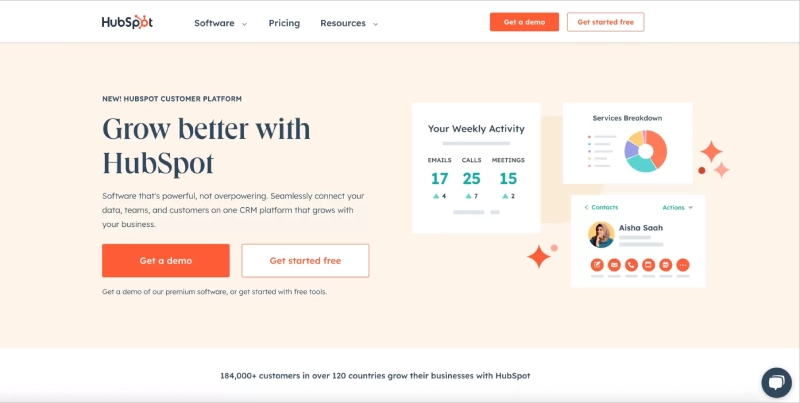
How to Improve:
- Use strong and direct language: For example, instead of "Click here," use "Download Your Free Ebook Now."
- Create urgency: "Sign up today and get 50% off!"
- Place CTAs in visible positions and use standout colors to attract attention.
Expert Tip: Ensure every page has at least one clear CTA to direct user actions.
The Importance of Bullet Points
Users often skim through content rather than reading it word-for-word. Bullet points make information clearer, more digestible, and visually appealing.
How to Improve:
- Use bullet points to list key ideas or steps.
- Keep each point short and easy to read, ideally no longer than two lines.
- Ensure consistent formatting, such as using either “-” or “●” across the site.
Use Images Wisely
Images not only enhance visual appeal but also make content more engaging. However, improper use of images can slow down the website or frustrate users.
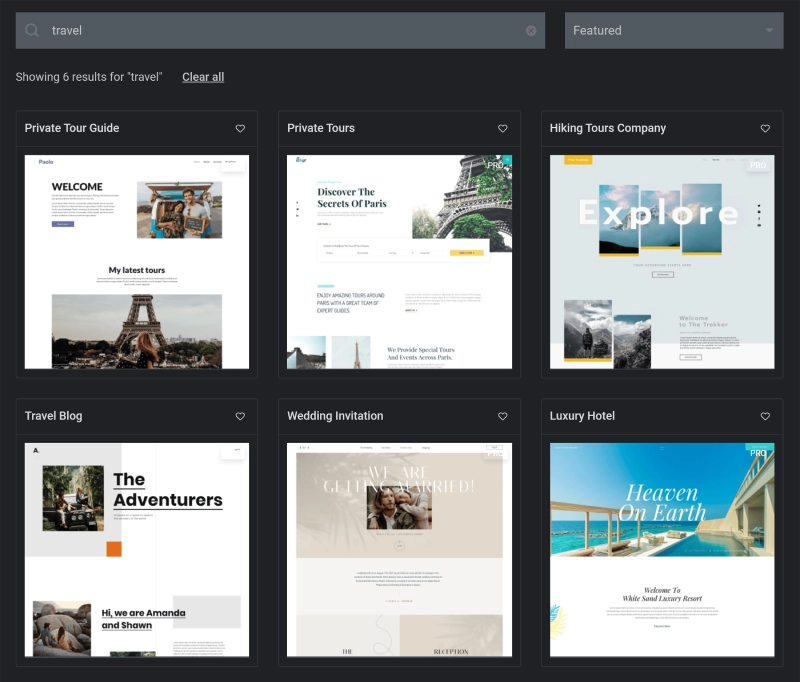
How to Improve:
- Use high-quality images with reduced file sizes (compressed).
- Choose images that are directly relevant to the content.
- Add alt text to images to improve SEO and make them accessible for visually impaired users.
Image Optimization is one of the ways to ensure smoother website performance.
Leverage White Space
White space is not "wasted space," but a crucial design element that improves readability and creates a more comfortable user experience.
How to Improve:
- Maintain adequate spacing between paragraphs, headings, and images.
- Avoid cramming too much content into a single area.
- Use white space to emphasize important elements, such as CTAs.
Pro Tip: A clean design with well-utilized white space helps users focus on key information.
Differentiate Hyperlinks
Hyperlinks are how users navigate between content on your website. If not highlighted effectively, they can be overlooked.
How to Improve:
- Format links with distinct colors (commonly blue) and underline them.
- Ensure all links are functional and do not lead to 404 errors.
- Use strategic internal linking to keep users exploring your website longer.
Ensure Website Security
Users increasingly prioritize website security, especially for online transactions. An unsecured website can erode user trust and damage your brand image.
How to Improve:
- Install an SSL certificate to switch your website to HTTPS, ensuring data exchanged between users and your website is encrypted.
- Regularly update systems, plugins, and software to protect the website from vulnerabilities.
- Display a privacy policy and clear contact information to reassure users.
A green padlock (HTTPS) in the address bar not only builds trust but also boosts your SEO ranking.
Regularly Audit UX with Specialized Tools
User experience is not static and requires ongoing evaluation and optimization. Using tools to analyze user behavior can help identify weak points and improve them promptly.
How to Improve:
- Use Google Analytics to monitor key metrics such as bounce rates, session durations, and user behavior.
- Apply heatmap tools like Hotjar or Crazy Egg to understand how users interact with website elements.
- Conduct user surveys to gather direct feedback and make improvements.
Learn how to set up and use Google Analytics here.
With these 15 tips, you now have a comprehensive toolkit to optimize your website's user experience. If you need detailed support on any aspect, feel free to reach out!
Conclusion
User experience (UX) is not just an important aspect but a competitive advantage in today’s digital environment. A website with optimized UX not only retains users and increases conversion rates but also reinforces brand image and elevates market competitiveness.
The 15+ tips in this guide provide actionable and straightforward solutions to improve UX, from optimizing loading speeds and creating mobile-friendly designs to crafting engaging CTAs and organizing content strategically. Remember, UX optimization is not a one-time task but requires regular evaluation and improvement.
By consistently applying these tips, you’ll create a website that not only attracts but retains users, converting them into loyal customers and driving your business to thrive in the digital age.
Reminder: Periodically review the effectiveness of your changes using UX analysis tools to ensure your website continually delivers the best user experience.
If you’d like more advice on any aspect or want to start optimizing your website’s UX, contact us for the best support!
Latest Posts

Lesson 26. How to Use break, continue, and return in Java | Learn Java Basics
A guide on how to use break, continue, and return statements in Java to control loops and program execution flow effectively.

Lesson 25. The do-while Loop in Java | Learn Basic Java
A detailed guide on the do-while loop in Java, including syntax, usage, examples, and comparison with the while loop.

Lesson 24. How to Convert Decimal to Binary in Java | Learn Basic Java
A guide on how to convert numbers from the decimal system to the binary system in Java using different methods, with illustrative examples.

Lesson 23. How to Use the While Loop in Java | Learn Java Basics
Learn how to use the while loop in Java with syntax, real-world examples, and practical applications in Java programming.
Related Posts
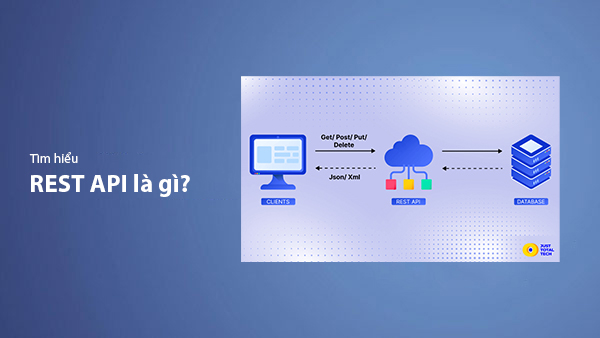
What is REST API? Complete A-Z Knowledge About REST API
REST API is one of the essential concepts that every backend developer needs to fully understand. This article provides comprehensive knowledge about REST API, including its definition, principles of operation, and how to build a standard RESTful API.

What is HATEOAS? How to Build APIs Using HATEOAS
Learn about HATEOAS, an important concept in API development, and how to build APIs using HATEOAS to improve interactivity and scalability.

What Is GraphQL? The Advantages of GraphQL Over REST API
Explore GraphQL, a modern API technology, and why it outperforms REST API in many web development scenarios.

What is XSS? Signs of Detection and Effective Prevention Methods
Learn about XSS, signs of detection, and effective prevention methods for XSS attacks in websites.

